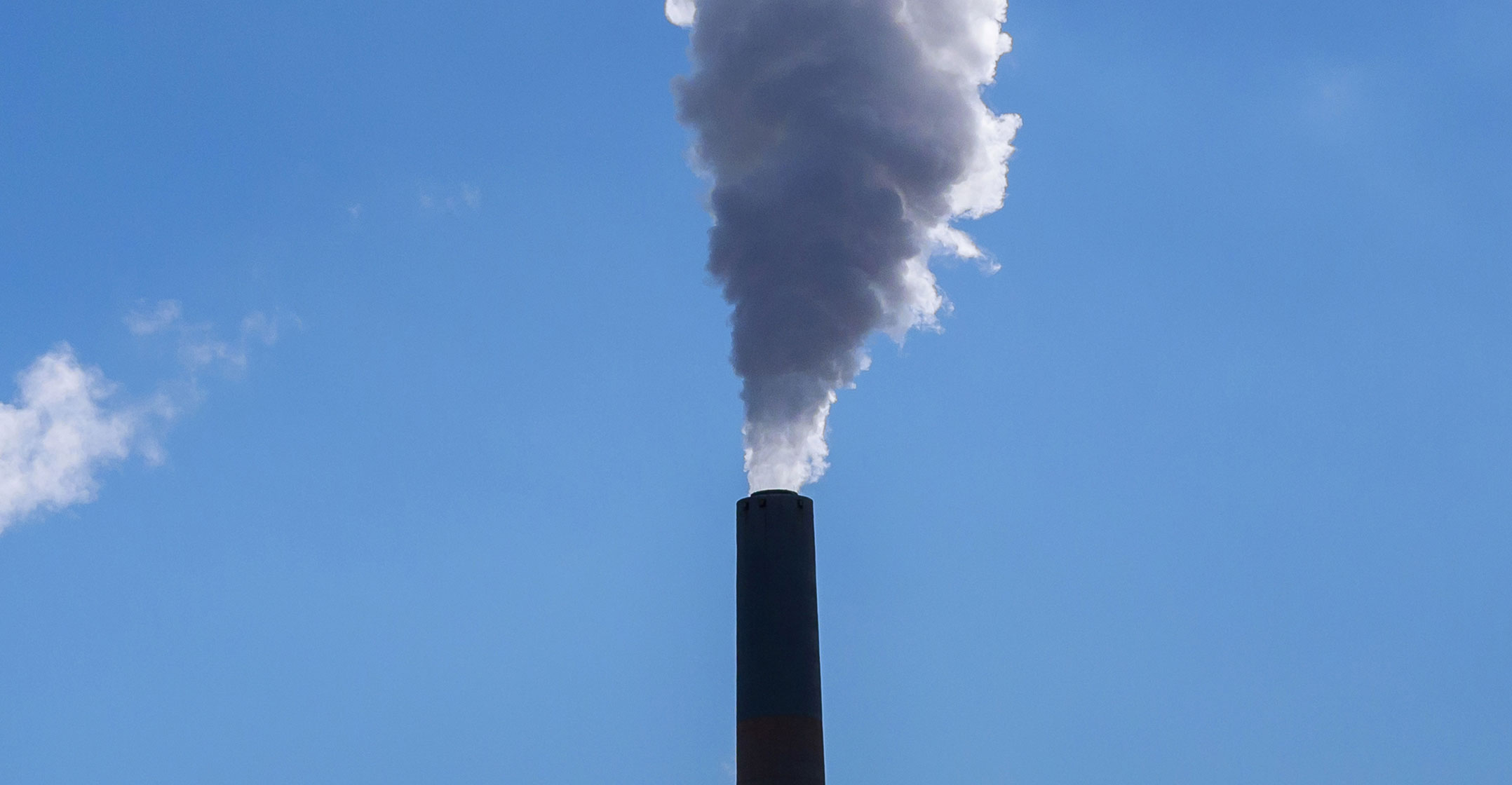 South Africa is ahead of its target for cutting emissions of greenhouse gases.
South Africa is ahead of its target for cutting emissions of greenhouse gases.
Output of the climate-warming gases from the world’s 14th biggest emitter is already falling even though its “nationally determined contribution”, a target adopted by the cabinet in 2021, is only forecast a decline from 2025.
Regular breakdowns of the coal-fired power plants that supply more than 80% of South Africa’s electricity mean that less carbon dioxide is being pumped into the atmosphere and daily rotational cuts of more than 10 hours a day are further limiting emissions from factories.
“It’s unintentional,” Crispian Olver, the executive director of South Africa’s Presidential Climate Commission, said in an interview in Johannesburg on Monday. “We reckon we are well within the range” of meeting the 2030 target, he said.
South Africa aims to reduce its emissions to between 350 and 420 megatons of carbon dioxide equivalent by 2030, bettering a target set in 2015 of emitting between 398 and 614Mt by that date. The 2021 goal was key to South Africa securing pledges of US$8.5-billion in climate finance from some of the world’s richest nations.
If the decommissioning dates of some coal-fired plants are pushed back it will make little difference to emissions as they produce little electricity in any event, he said.
Read: How Cape Town is funding R1.2-billion solar farm
Keeping them open for another “year or two is neither here nor there”, Olver said on an earlier webinar. “It’s very difficult to recommend the decommissioning of power stations in the middle of an energy crisis.” — (c) 2023 Bloomberg LP




